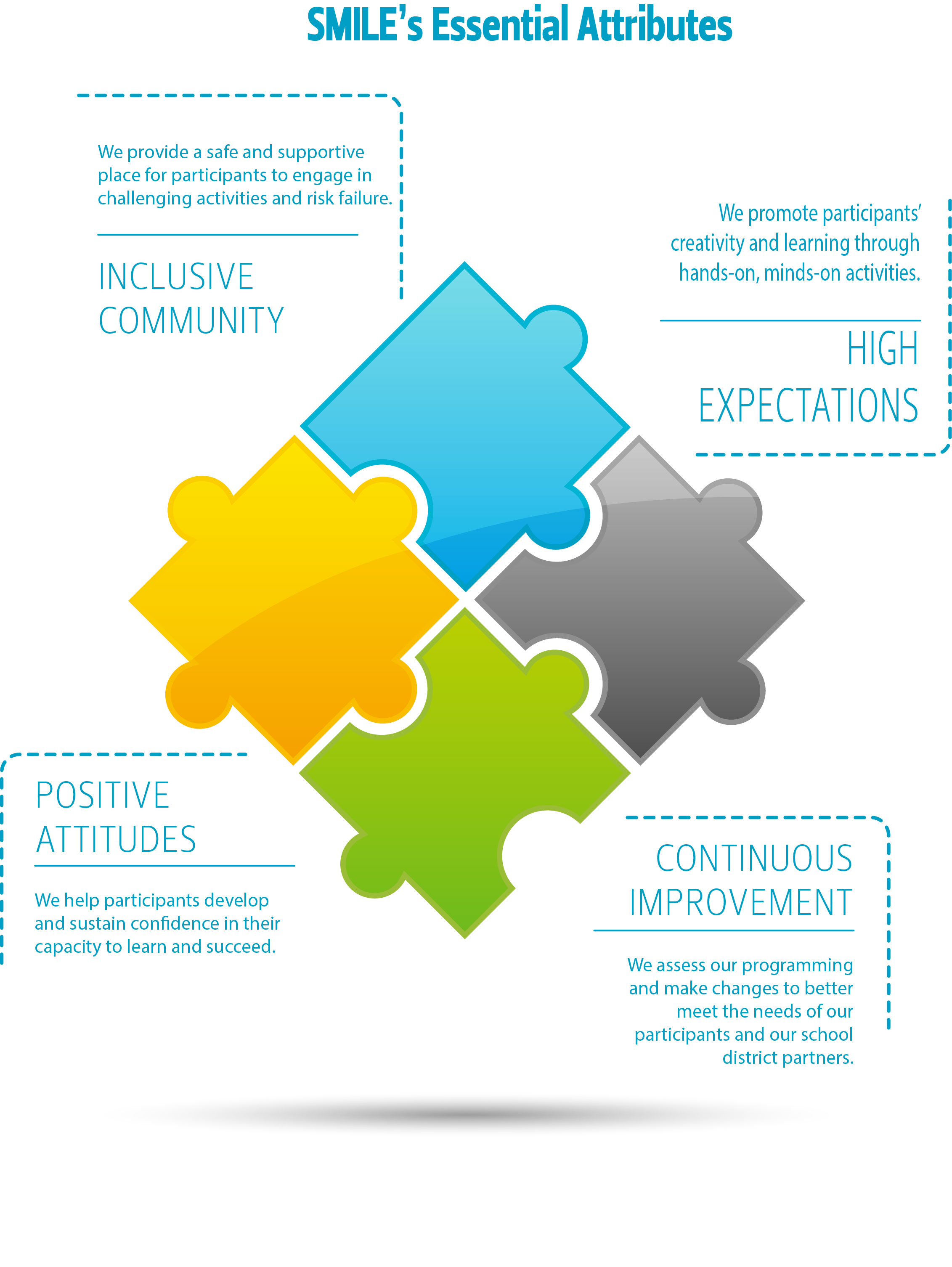June 28th, 2019:
Hawaiian pancakes, farmers markets, whale flukes, beach runs, cherry pie, baby starfish, and brown weather boots—the staple associations I’ve made to Newport, Oregon and being a Sea Grant Summer Scholar thus far. To formally introduce myself, I’m Dominique—I just finished my junior year at UCLA, and was selected as a 2019 Summer Scholar for Position #2: Ecologically Monitoring the Oregon Marine Reserves. I’m currently stationed at the Hatfield Marine Science Center in Newport with four other Sea Grant Summer Scholars.
I can honestly say Newport is the most wholesome city I’ve ever visited—to paint as vivid of a picture as I can, it’s the exact opposite of Los Angeles (where I’ve lived the past 21 years). The air has that briny, crisp scent of seawater, traffic is nonexistent, dining options all comprise of “Mom & Pop” restaurants, and the people are shockingly friendly—they’ll actually make eye contact and chirp “Good Mornin’!” to you when you pass them in the street. I’ve now had over a week to get used to the quaint, small-town/coastal vibes that Newport has to offer, and I absolutely love it. How could you not when your apartment is 50 feet away from the beach, an aquarium, and a baby seahawk nest?

View of the harbor from Newport Bridge

View of Newport Bridge from the South Jetty trail
Though I’m only here for 10 weeks, I’m trying to acclimate as quickly as I can to the active Oregon lifestyle. After work, I go on 3 mile jogs through the estuary trail and along the South Jetty (if you exit the Hatfield parking lot and pass the Rouge Brewery, there’s a mile-long trail that’ll lead you to some sand dunes and the cleanest stretch of beach I’ve ever seen). Last Saturday, the other Scholars and I walked into town—which is a 3 mile round-trip over the bridge—to check out the Farmer’s Market. We sampled orange-zest chocolate, cinnamon-sugar butter (the best thing you’ll ever try), smoked Colby-jack cheese, wild berry jam, and too many fresh cherries; I honestly don’t know how I got away with sampling that many without getting asked to buy some or leave—like I said, Oregon folk are nice. The next day, we did the 3-mile trek again to try out Pig-N-Pancake, the Newport staple brunch spot. We were lured in by the window advertisement of “Pineapple Coconut Pancakes”, and like every other food item I’ve tried in Newport, they did not disappoint.
Without a doubt, the best part of this internship has been my exposure to all things new: new people, new places, new food, new experiences—new knowledge. They say: “Ya’ learn something new every day” but here, I swear that’s not the case: I’m learning 12,203,942 new things every day. Last week my roommate taught me how to ferment and boil ginger to make kombucha. A few days ago my other roommate taught me how to make a multi-layered carrot cake with cream-cheese frosting from scratch. Just yesterday, my roommate (again!) taught me how to pit cherries and make pie crust without a rolling pin (hint: use a glass VOSS water bottle, it’ll do the trick). Most importantly, though, I’ve learned what it takes to be an Ecological Marine Reserves Monitor stationed on the Newport coast.

Cherries found at the Saturday morning Farmer’s Market

Ariana’s lattice cherry pie before getting baked in the oven!
I’m just now realizing that I’ve rattled on this entire time about food (it’s 2:06 pm in the office and I haven’t eaten lunch yet—you can guess where my mind is at). Let me finally introduce my work! (though I honestly shouldn’t even be calling it “work” because what I do is too fun to be associated with that gloomy connotation). For 10 weeks this summer, I’m interning with the Oregon Department of Fish and Wildlife’s Ecological Marine Reserves team alongside Cori (my mentor), Lindsay, Jessica, and Stephanie. Our job is to ecologically monitor the five Marine Reserves along the coast—Cape Falcon, Cascade Head, Otter Rock, Cape Perpetua, and Redfish Rocks—via fish recruitment, urchin recruitment, sea star, and mussel bed surveys. Through these surveys, we can observe and analyze the changes in the rocky intertidal community since the Sea Star Wasting Disease (SSWD) outbreak hit the Oregon Coast in 2014 (I’ll elaborate on this a bit later). My job comes with lots of field work—Day 2 in Oregon and I was already half-submerged in tide pools tallying juvenile sea stars at Otter Rock! I’ll stop here before I delve deeper in the explanation of my internship and what I have planned these upcoming weeks—I have a ton of exciting field days scheduled and can easily rattle on for pages about what’s to come. I’ll save it for the next blog, so ~stay tuned~! :)

Me on my first day out in the field!


























